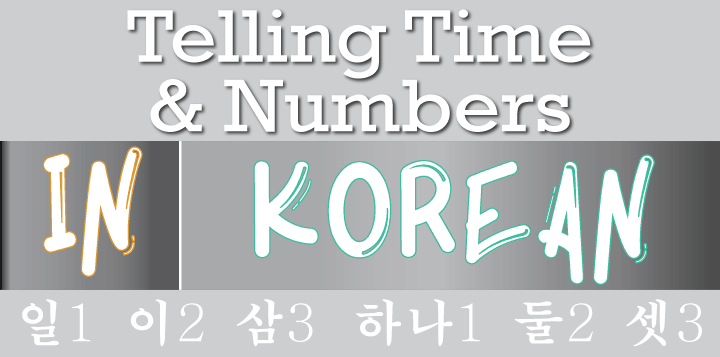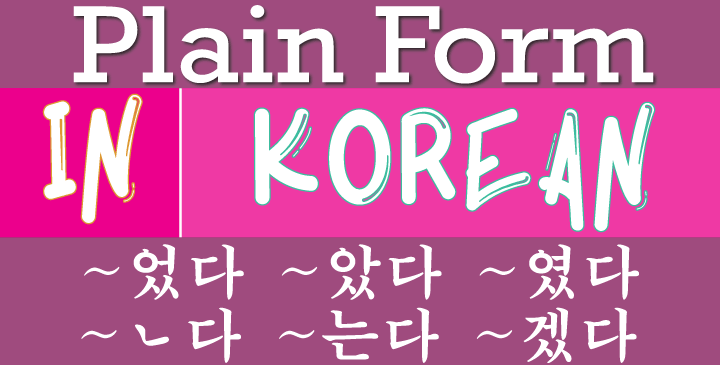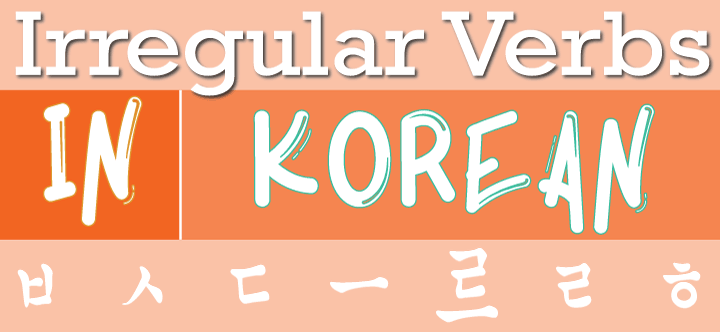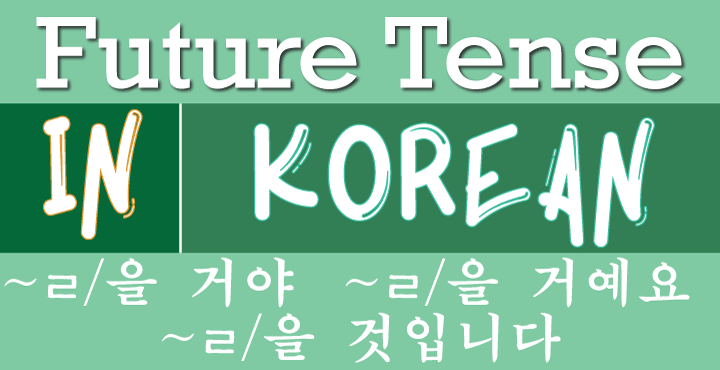
Telling Time and Numbers in Korean
Telling Time and Numbers in Korean There are two sets of numbers in Korean. There are Sino-Korean numbers, derived from Chinese, and Native Korean numbers. Sino-Korean Numbers Numbers higher than 10,000 can be difficult because Sino-Korean numbers work with multiples of 10,000. In English we use multiples of 1,000. With some practice you will…

Plain Form in Korean
Plain Form in Korean Plain Form Usages 1. You can find the plain form in Korean in newspapers, books, magazines, and most written materials. The plain form does not use Korean honorifics, 존댓말 or 반말, as what is written usually isn’t directed at any specific person. 2. The plain form in Korean can be used in speech but…

Irregular Verbs in Korean
How to Conjugate Irregular Verbs in Korean This lesson will teach you how to conjugate irregular verbs in Korean. Irregulars are annoying but a part of life. Luckily, Korean irregulars follow a pattern. All Korean verbs end in 다. Verbs usually are not used in this form and need to be conjugated. The 다 ending…

Be in Korean
Be in Korean 이다 is “Be” in Korean. 이다, has not been conjugated yet, the same way “Be” in English has not been conjugated yet. “Be” changes to “am/is/are” based on the subject of a sentence in English. Ex. I am, He is, You are 이다 changes based on Korean honorifics and does not follow the normal…

Future Tense in Korean
How to Conjugate Future Tense in Korean This lesson will teach you how to conjugate the future tense in Korean in the most common way. All Korean verbs end in 다. Verbs usually are not used in this form and need to be conjugated. The 다 ending is dropped before conjugation. You need to conjugate…





